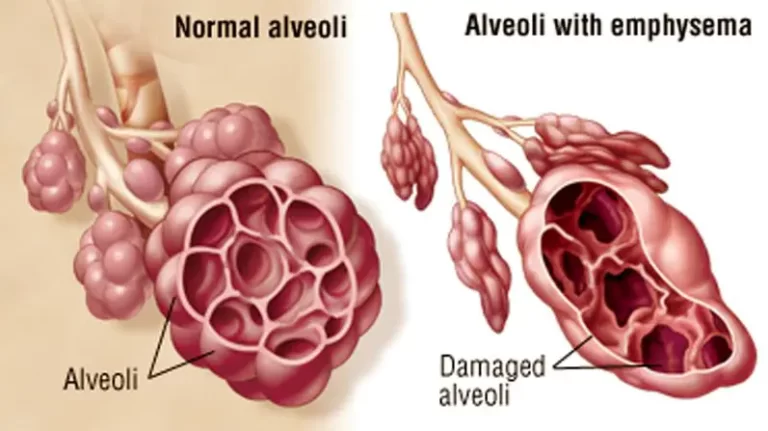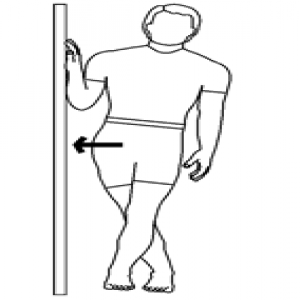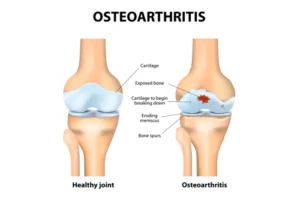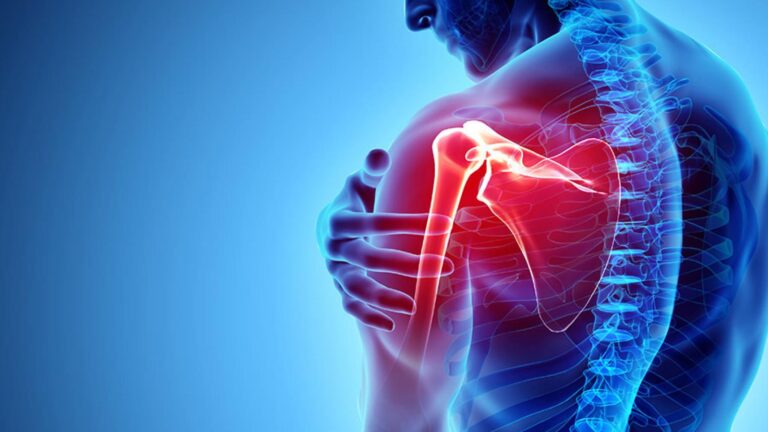Unlocking the Power of Exercise for Mental Health
What is mental health?
Mental health includes our emotional, psychological, and social well-being. This affects how we think, feel, and act. It also helps to determine how we manage stress, relate to others, and how to make choices. Mental health is important in every part of our life, from childhood and adolescence through adulthood.
Throughout your life, if you experience mental health issues, your thinking, mood, and behavior could be altered or affected. there have Many factors that contribute to mental health problems likes:
- Biological factors, such as genes or brain chemistry
- Life experiences,
- Family history of mental health issues
Why exercise is important for mental health?
Exercise can improve mental health by decreasing anxiety, depression, and negative mood and it will help you to self-esteem and cognitive function. Exercise has also been found to decrease the symptoms such as low self-esteem and social withdrawal. doing exercise regularly may help you to ease depression and anxiety by: Releasing endorphins which are good hormones for the brain, natural cannabis-like brain chemicals (endogenous cannabinoids), and other natural brain chemicals that can enhance your feeling of well-being.
Health benefits from doing regular exercise
- Improved sleep
- Better endurance, strength, stamina of the Body
- Stress relief
- Improvement in mood
- Increased energy and stamina
- Help to decrease tiredness that can improve mental alertness
- Helps you to lose Weight
- Reduced cholesterol and improved cardiovascular fitness
- A hormonal level should be changed by doing exercises like serotonin, stress hormones, and endorphins.
- Regular exercise can help you to sleep better and good sleep helps you to manage your mood swings.
- Helps to improve your sense of control, coping ability, and self-esteem. People who exercise regularly mostly report how good achieving a goal makes them feel.
- Helps to distract you from negative thoughts and provide opportunities to try new things.
- If you exercise with others then it will offer an opportunity to socialize and get social support.
- Helps to increase your energy levels.
- Exercise can be an outlet for your frustrations.
- Increased interest in your partner.
- Exercise can decrease skeletal muscle tension, which helps you feel more relaxed.
The overall body benefits from doing regular exercise for people with mental illness. It helps to maintain your cardiovascular health and overall physical health. This is important because people with mental imbalance are at a higher risk of suffering from chronic physical conditions like heart disease, diabetes, arthritis, and asthma.
How to get started with exercise?
It can be intimidating to start exercising if you have not performed it in a while, but a plan can help you begin and stick with it. Your new exercise plan gives you a better chance of success if you see your physician or an accredited exercise physiologist before you start to exercise, and regularly as you continue your exercise plan choose an activity which you like most, or have enjoyed in the past, that suits your abilities and start small – build up your activity slowly. Ideally, change your activities every day so you do not get bored.
you can write your plan in your regular diary or on your calendar, so it is part of your schedule regularly revisit your exercise plans, and try something new if it is not working out for you.
How do be more active every day?
Make exercise a part of your activity of daily living. choose walking or cycling instead of using the car. Get off a train or bus a stop earlier and walk the rest of the way. Or spend some time walking your kids to school or tuition. Get active around the house by doing some household chores like gardening, washing the car, or cleaning the windows.
What exercise is best for mental health?
While most people think that exercise means running, there have many other options to get your heart pumping and physically active. There have different kinds of exercise useful for mental health such as cardiovascular, strength training, balance, and flexibility. And with this many more exercises are involved like yoga and Pilates, cycling, dancing, weight training, bowling, gymnastics, golf, boxing, swimming, barre, and so much more.
There have different types of exercise to improve mental health.

Cardio exercise
This is also known as aerobic training. while this exercise you are doing fast enough to pump your heart fast still you can walk and talk. If you are not able to do with this then please do some light exercise. If you are suffering from joint issues then you can choose swimming or walking.
You do not have to work like an athlete to improve your mental health. It is from engaging in physical activity. Research suggests that any type of exercise that improves your heart and lungs to deliver oxygen to your muscles during a workout and helps to reduce anxiety. Aerobic training includes walking, swimming, biking, cycling, household chores, and many more.
Walking or Running
- Walking and running are easy for every healthy person. But speed walking or continuous running is a necessity to boost your muscles and improve your blood to the brain. speed Walking will get your heart rate increased and is easier on your joints than another exercise. You can walk anywhere at your time with comfort. only you need is some space to move your body. start a short walk during your lunch break or a longer walk on the weekend. You can listen to music, a podcast, or walk with your friend. The flexibility of walking makes it easy for anyone to move and to keep doing
Sports activity
- If you are interested in sports activities, then it’s a good choice to play your favorite game with your beloved and get improve your mental health. it is time to get the adrenaline pumping with a lot of serotonin. doing sports activities like badminton, tennis, or basketball improves blood circulation and oxygen flow and gets the heart pumping more giving more blood to your brain. However, if you have existing heart disease, avoid extreme exertion and consult your doctor before playing a sport.
Swimming
- Swimming is great for your whole body. It used all four limbs during exercise which helps to improve cardiovascular output and muscle strength, endurance, and fitness and diverts your brain in this so helps to relax you. However, it may not be suitable for all.
cycling
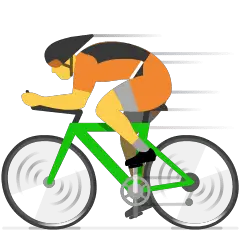
- Riding a bike is easier than cycling for going from one place to another but cycling has more benefits to your health it will use major muscle groups in your legs. cycling can improve your heart as well as mental health by pushing more blood to the brain.
Household chores
- Household chores also work for you as Activities like dusting, cleaning, settling the kitchen or wardrobe, watering the plants many more. This is a great way to divert your mind to another thing then which is already hurting you.
Strength training
Strengthening training can help us to maintain hormonal health. Our hormones affect each part of the human body, especially our emotions and our mental state of well-being. Strength training can improve your mood in many ways. The act of committing to a goal, building habits, and sticking to a routine can help boost your mood.1 What’s more, endorphins released through strength training can give you a jolt of feel-good chemicals that help you see the good side of life.
Bodyweight Exercises
If you do not like to lift weights, you can use bodyweight training. To do this you can use your own body’s weight instead of any gym material. It can include moderate to high-intensity exercises like to do push-ups, mountain climbers, high jumps, squatting, etc. Your physiotherapist will design a safe and effective bodyweight training program, depending on your fitness level and heart condition.
Here, we describe some bodyweight exercises for you:
How to do it?
- To do a push-up you have to get on the ground on all four limbs and place your hands slightly wider than your shoulders.
- Do not lock out the elbows, the elbow should be slightly flexed. straighten your legs back so you are balanced on your hands and toes, your feet should be hip-width apart. Once you get this position. now you will be doing the real work. Contract your abdominals and tighten your core muscles by pulling your tummy button toward your spine.
- Breathe in as you slowly flex your elbows and lower yourself to the ground until your elbows are at a ninety-degree angle. Breathe out while contracting your chest muscles and pushing back up through your hands, returning to the beginning position.
Squatting
How to do it?
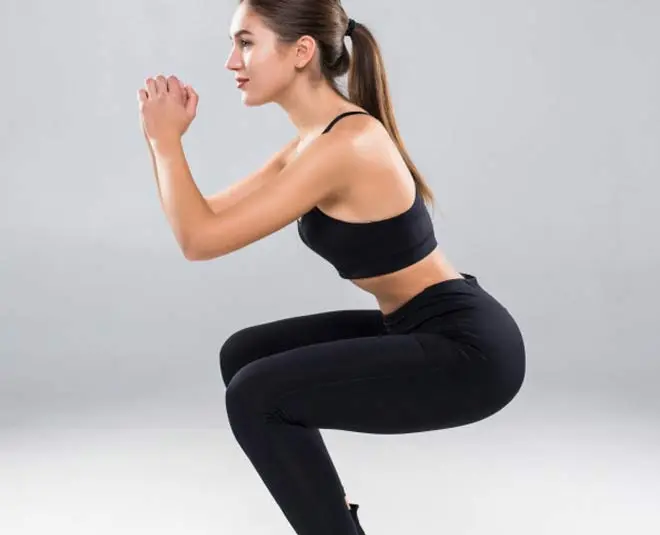
- To perform this exercise you have to simply stand with your feet and shoulder width apart, toes slightly out, and your hands down by your side.
- Now you have to hinge at the hip and flex your both knees, sitting back like you are performing a sit-down position from standing, arms should be raised in front of you.
- Your back remains straight. your thighs are parallel to the ground. Hold for two seconds, then push up by your heels and return to the initial position. Do this again for 10 to 15 repetitions in an initial phase then gradually increase the repetitions.
Mountain climbing
- To perform this exercise you have to come into a plank position, your weight should be evenly distributed between your hands and your toes.
- Place your hands shoulder-width apart, back flat, abdominals engaged, and head in alignment. Move your left knee towards your chest as much as possible.
- Do this on the right leg pulling the left knee out and bringing the right knee in. Your hips should be down and run your knees in and out as far and as fast as your ability has.
Lunges
How to do it?

- For doing lunges you have to Stand on the ground with your feet together and step your left leg forward in front of you.
- Your right knee should touch the ground with your left leg still at a ninety-degree angle. Push off your left foot to return to the initial position Step forward with your right leg and form a ninety-degree angle to touch your left knee to the ground. Repeat for 3 to 4 sets of 15–20 lunges.
You can also do strengthening exercise with resistance band, for more detail of resistance band exercise you can read best exercise for heart in our site.
Stretching
Doing Stretching exercises after in routine helps you to cool down, relaxed your muscles, improve muscle tone and improve blood circulation to the muscle. Here we describe some major muscle stretching to improve
Triceps stretch (muscles at the back of the arm)
How to do it?
- You can perform this stretch either in a sitting or standing position. It is a great one to do at your office during work, too.
- Reach your left arm toward the ceiling, also flexed from the elbow, and reach for your upper reverse. Try to put your left hand toward the middle of your reverse, middle cutlet on your chin. Place your right hand on top of your left elbow and gently push your left arm down so your hand slides down your back a bit.
- Hold for about thirty seconds, also repeat this on the other side.
Chest muscle stretch (pectoralis major)
How to do it?
- Come in a standing or sitting position. Now interlock fingers, and raise your arms above the head.
- Take your scapulae together by squeezing your back muscles and moving your elbows and hands backside. you can put your hand in different positions like behind your head, hands on top of your head, or hands 2 to 4 inches above your head. If you feel a stretch then hold it 20-30 seconds 2-4 times.
Hamstring Stretch
How to do it?
- To perform this exercise you have to Sit on the mat with both legs out straight.
- Straighten your both arms and reach forward by flexing from the torso as much as possible while keeping your knees extended. Hold this simple position for 30 – 40 seconds. Relax back into the beginning position. Repeat 3-4 times. Be sure to stretch until a mild pull is felt in the back of your thighs. If you feel any extra pain.
Quadriceps stretching
How to do it?
- To perform quadriceps stretching you have to take a standing position on a single leg. If you can not balance on a single leg, use a wall or any stable object. Now hold the flexed leg with your corresponding hand and pull upward towards your trunk.
- your chest should be straight. Hold for 30 seconds. repeat this on the other side and do it on both sides 3 to 4 times.
Calf muscle stretch
How to do it?
- To do this stretching you have To Stand around arm’s length in front of a wall. Put the left leg in front of the right. both arms should be extended to the wall. Press the back heel into the ground and extend the back leg while keeping the front leg flexed.
- Hold this calf stretch for 20–30 seconds. Perform this stretch on the opposite side.
Yoga
Yoga position is very known to improve mental health, strength, and flexibility. it has immense benefits for mental health ranging from improving mood, sharpening concentration, relieving stress and anxiety, and improving symptoms of depression and insomnia.
Here are the best yoga asanas for mental health.
Uttanasana or standing forward bend pose
- Start this asana by standing straight, your hand on your hips, and breathing in.
- Extend hands above your head and flexed from the trunk forward as you breathe out. keep bending and take your hands to rest on the floor next to your feet. If this is not possible for you, hold up to your ankles. hold this pose for 20 to 25 seconds. your knees should be straight throughout the asana.
Viparita Karani or legs up the wall pose
- To perform this asana you have to Lie flat on your back with your buttocks positioned as close to the wall as much as possible; you can use a cushion to support your back. Breathe in slowly and deeply.
- Walk your feet up the wall and rest them straight against it. move toes towards your body and feel the pressure on your hamstrings. Keep hands stretched on either side of your body. Hold this position for at least five minutes as you focus on breathing slowly and deeply.
Shavasana or corpse pose
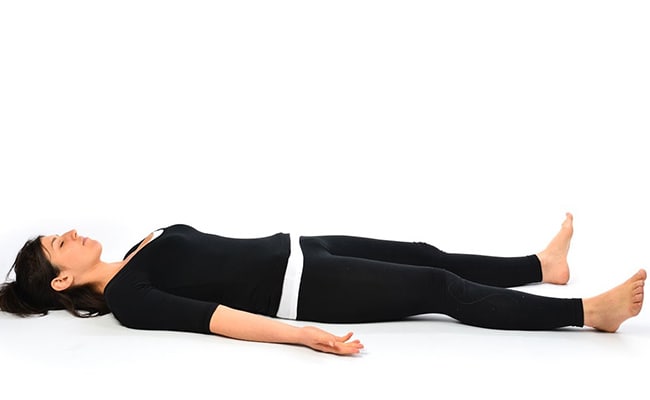
- To perform this exercise you have to Lie flat on your back and keep your body straight and hands by the sides with palms facing upwards.
- Close your eyes and hold the position for at least 5 minutes. Consider counting your breaths as you meditate.
Dance for mental health
- Dance has existed for 1000 years. Moving your hand and legs creatively is a popular way to express yourself and do exercise.
- Dancing is mostly associated with being happy, but even if you are not feeling on top of the world, getting your body into the rhythm can mean that self-esteem slowly increases as you lose yourself in the dance.
- Dance has many benefits it will help you feel happy, Improve self-esteem, Improve your mood and attitude, and Ease depression and anxiety.
Meditation
- Meditation is the most powerful thing for mind training practices, where you can control your brain and take yourself to a different state where your soul meets your mind.
- In a starting phase, it may be not possible to control your mind because of your tension, stress, and problems which make you mentally unstable. But, by practicing continuously, you can gain control over your mind and body.
- Meditation helps you to the potential to make people emotionally calm, mentally clear, and more relaxed. You can notice your body changes like decreased blood pressure, lowered heart rate, and deeper and calmer breathing by meditating for at least 15 minutes a day. The Improvement in the blood pressure as a result of meditation helps to lower the risk of heart attacks.

